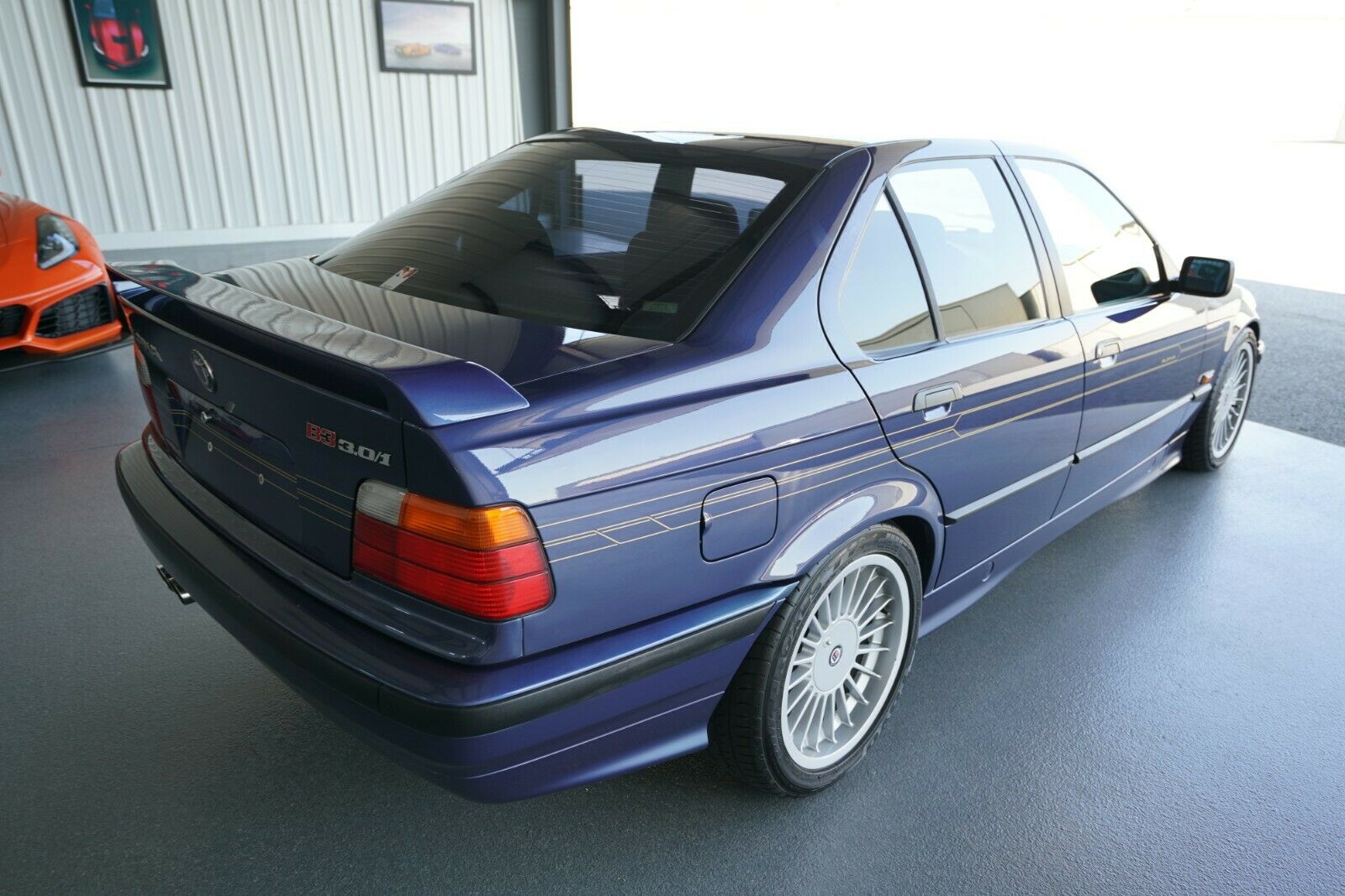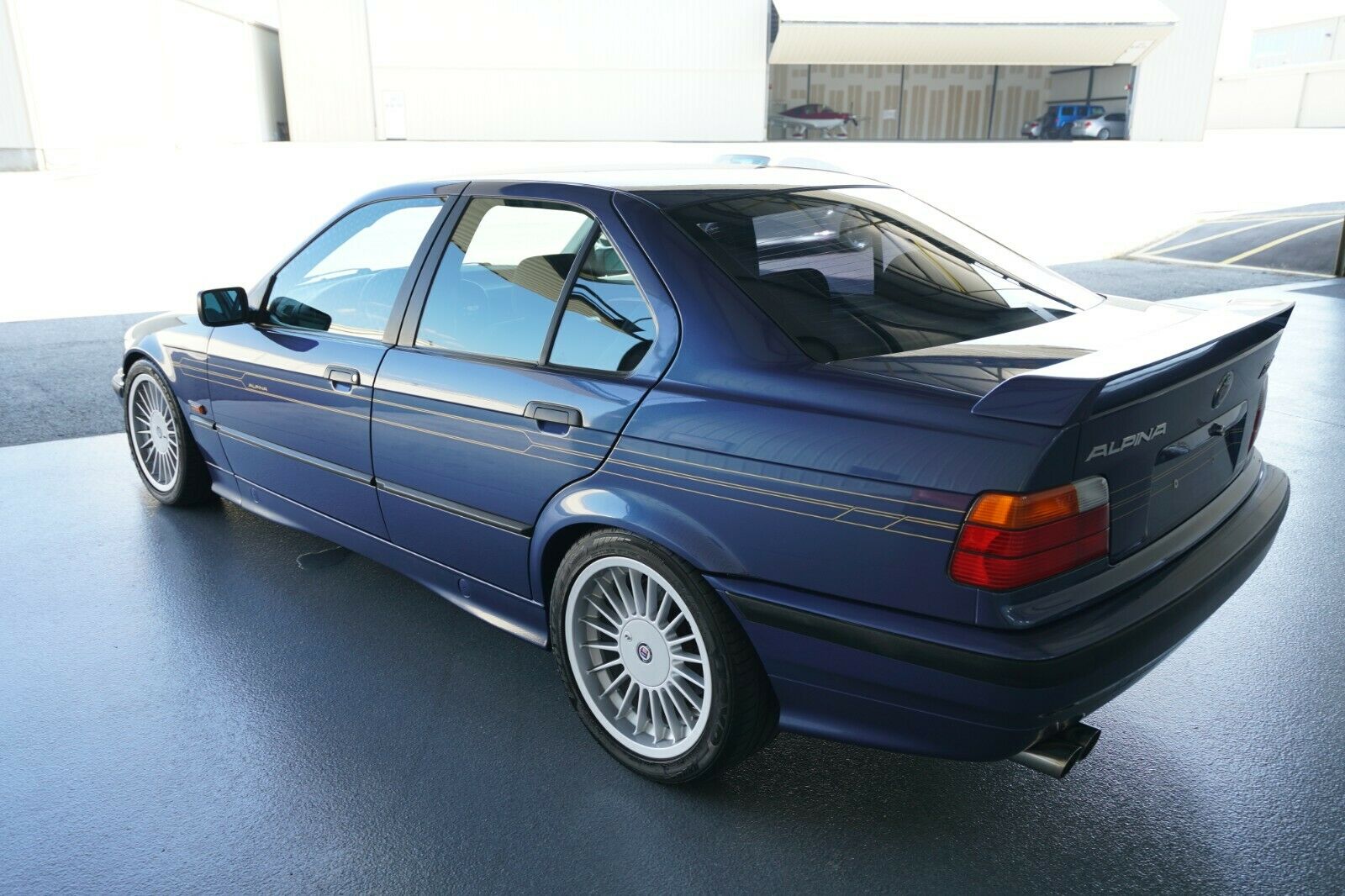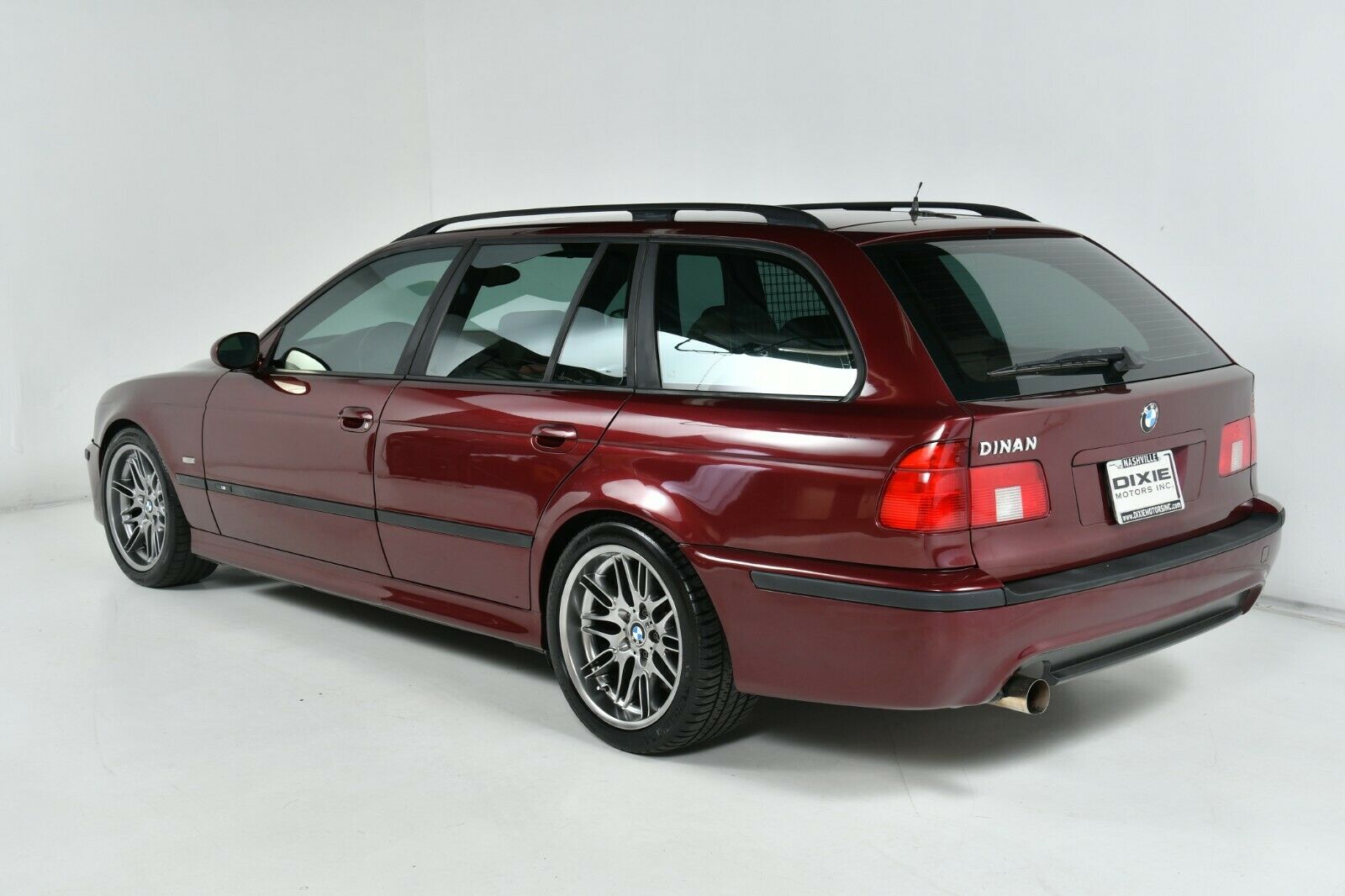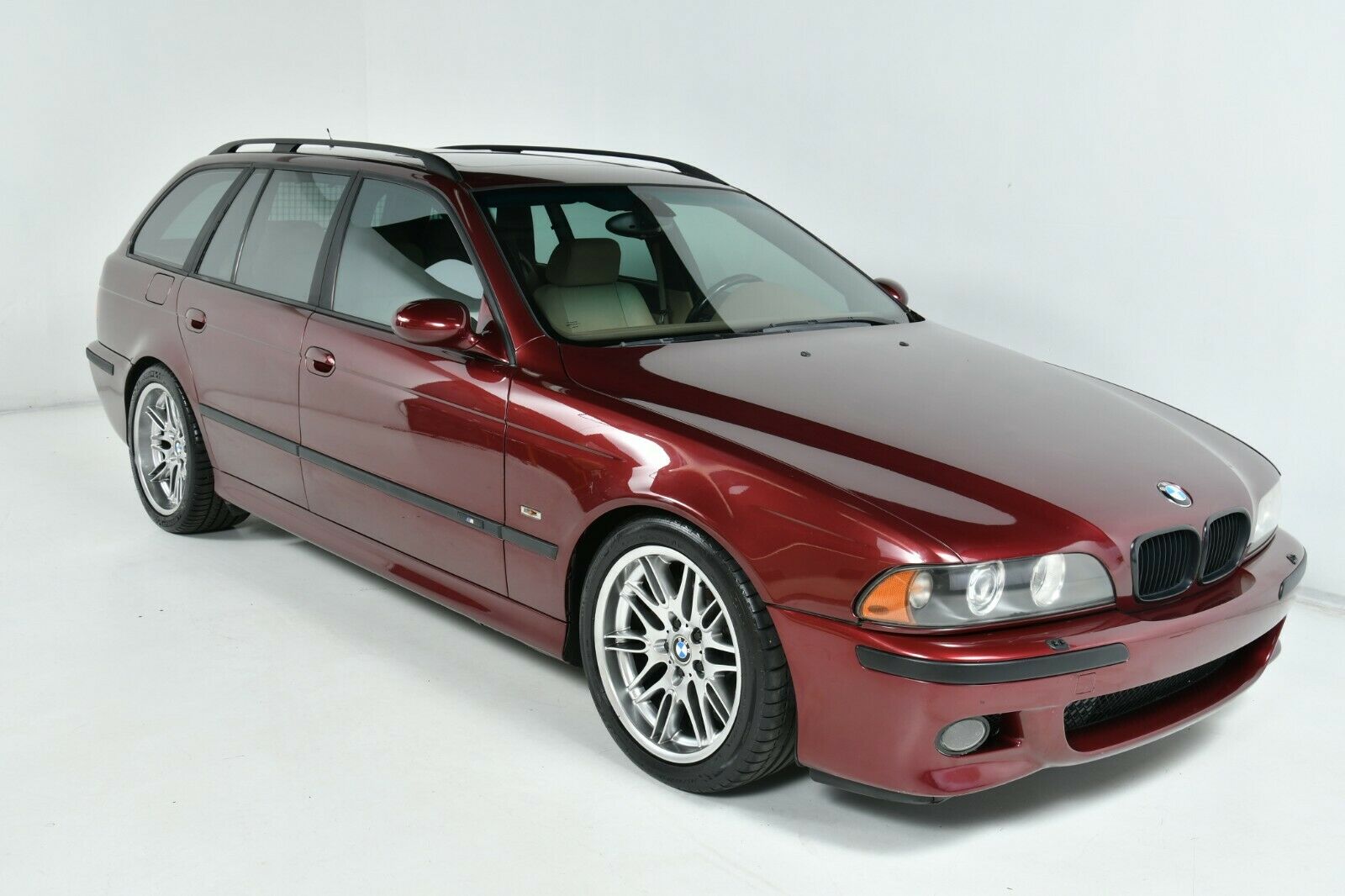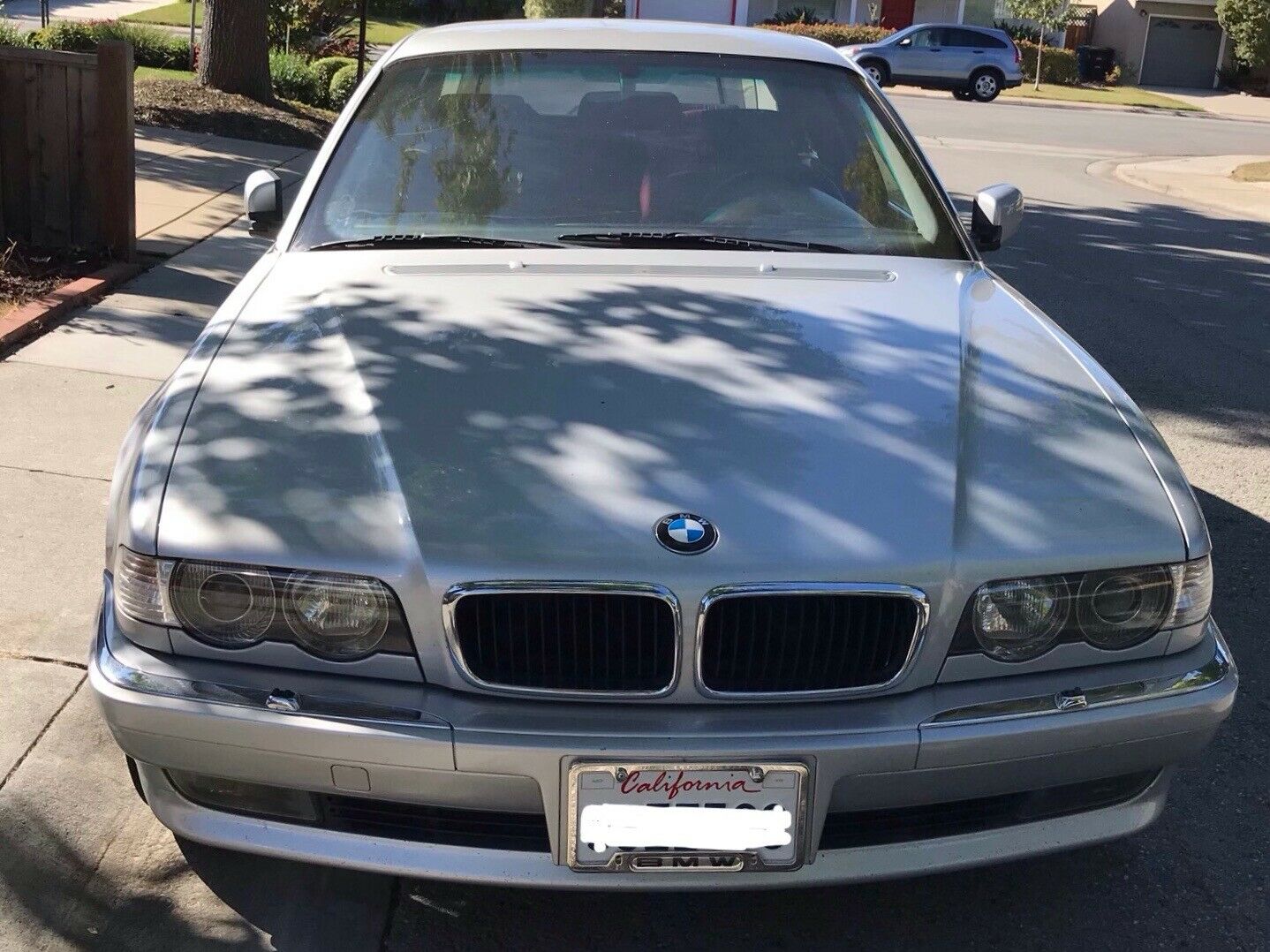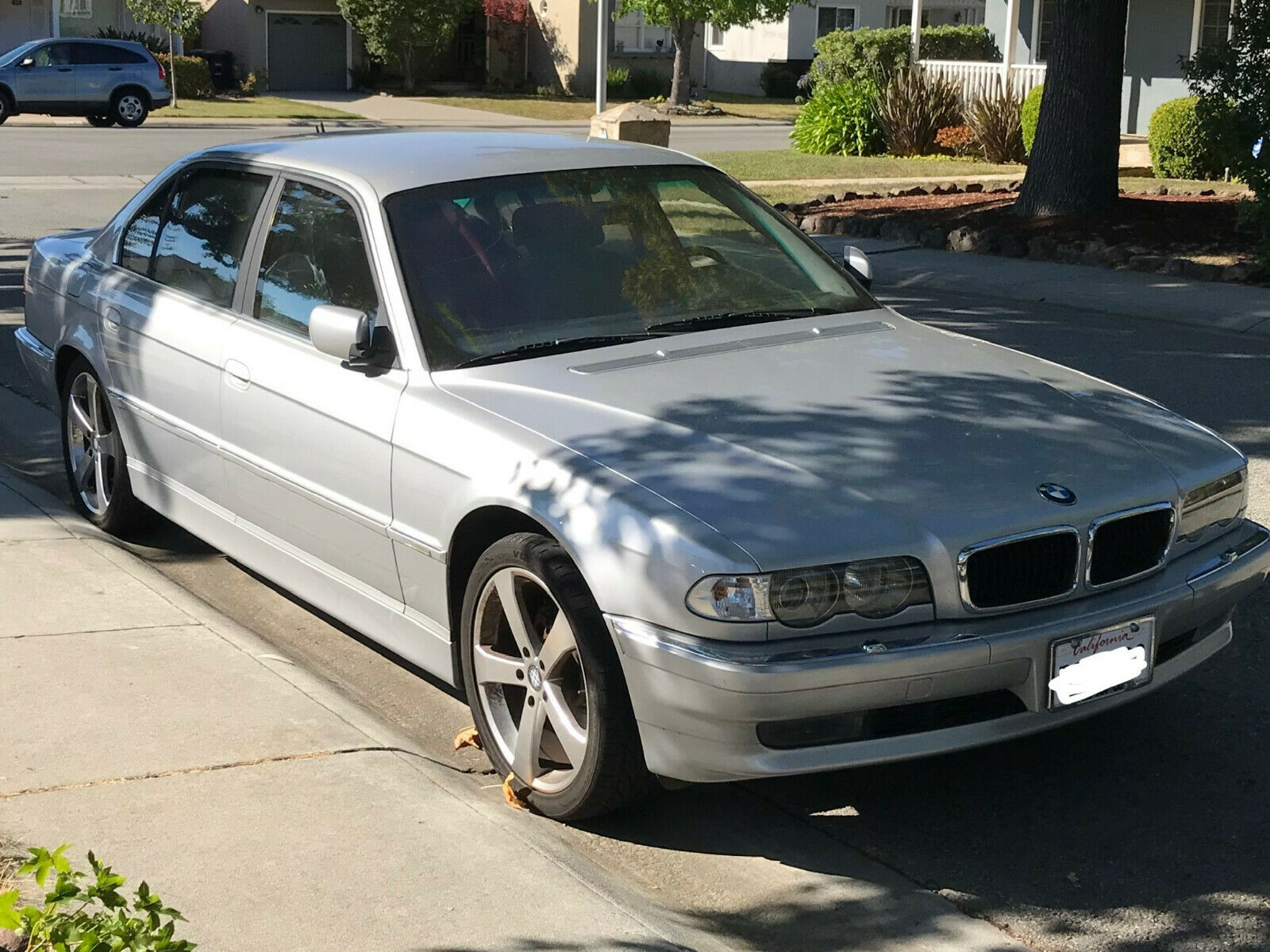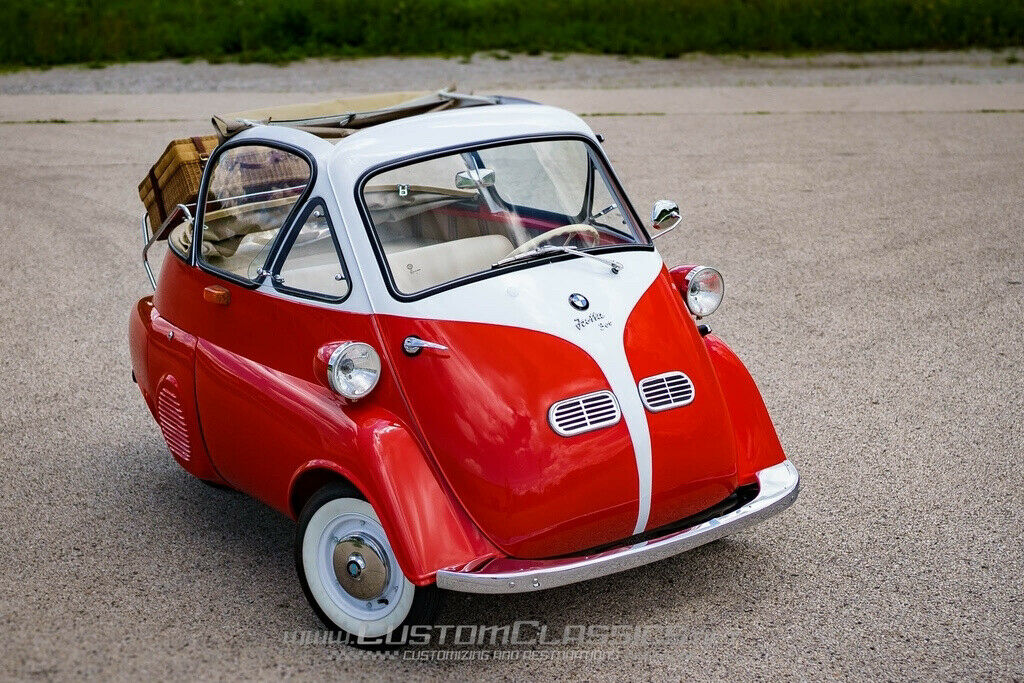When BMW upped its game in the E36 chassis with the introduction of the M3, specialty tuner Alpina answered with the B3 3.0 and later 3.2 in step with BMW. The successor of the slightly less powerful B6 model, the B3 kept many of the same improvements to the E36 chassis – unique stabilizers, springs and shocks, and larger brakes. Inside the B3 received the normal Alpina-style shift knob, steering wheel and seats, and in their typical style Alpina provided unique front and rear spoilers along with their own badging. Of course, the package was rounded out by some of the best looking wheels ever fit to a BMW. While the B3 was down on power to the European M3 3.2, it wasn’t really much slower – again in typical Alpina fashion, the car was tuned to make the most of the power that was available rather than just provide a shockingly high output number. A reported 1,000 of these ultra-exclusive B3s were produced, with about 2/3rds of those being the earlier 3.0 model, and in four different configurations – Coupe, Cabriolet, Touring and Sedan. This is one of the 741 3.0s made of which 339 were sedans, and it poses the interesting question – would you rather have this or the European-spec M3 I just looked at?
Category: BMW
I have a soft spot for the Bavaria. It’s not because it’s the best looking BMW from the 1970s, nor the fastest. It’s not the most collectable, either – but as a result, the Bavaria might just be the rarest of the 1970s BMWs. To me, I can appreciate this coming from a background of loving Audis – most of which are quite rare today. The look of the Bavaria is even very similar to the Audi 100, and like the 100 very few examples are left kicking around. Also like the Audi 100, people will always be glad to see it, and I’m sure many have stories involving Bavarias. As with the old Audis, it’ll be a mix of people who smile and immediately start to tell you their wonderful BMW story and the balance of the masses who simply ask “What is that?” But the Bavaria was nonetheless an important move for BMW, taking on the larger executive market with an upscale big-body 4-door and that famous M30 power:
CLICK FOR DETAILS: 1972 BMW Bavaria on eBay
3 CommentsWhile Mercedes-Benz is the go-to for protected dignitaries, executives and everyone else who has a potential mark of their back, they’re not alone in offering upgraded armor to their lineup. BMW also entered the game with their “Protection Package”. This turned the 7 into the ‘ultimate surviving machine’ by adding bulletproof glass front, sides and rear along with armor behind the body panels and no sunroof. A claimed 44 were sold here, making this one of the most rare variants of any BMW imported:
CLICK FOR DETAILS: 2000 BMW 740iL Protection Package on eBay
1 CommentFollowing up on the hugely popular Fuldamobile, it seems appropriate to talk about the more successful and instantly recognizable Isetta. Like the Fuldamobile, BMW’s quirky bubble car was a licensed production. The original design was the Iso Autoveicoli company’s property in Italy, and its owner – Renzo Rivolta, who would go on to support the production of some beautiful Italian-American V8 GT cars – started production in 1954 after showing the car at the ’53 Turin Automobile Show. Rivolta was happy to license production and did so with VELAM in France, De Carlo in Argentina, and Romi in Brazil. But, of course, the most famous and numerous version was the BMW variant.
Produced first as a 250, then upgraded to 300 (and finally 600, where the stretched chassis would go on to foster BMW’s 700 model), some 160,000-odd Isettas were produced by BMW in their cash-strapped post-War years. But among the most rare variations of production was the Cabriolet model:
